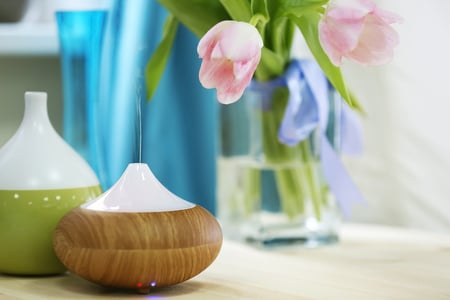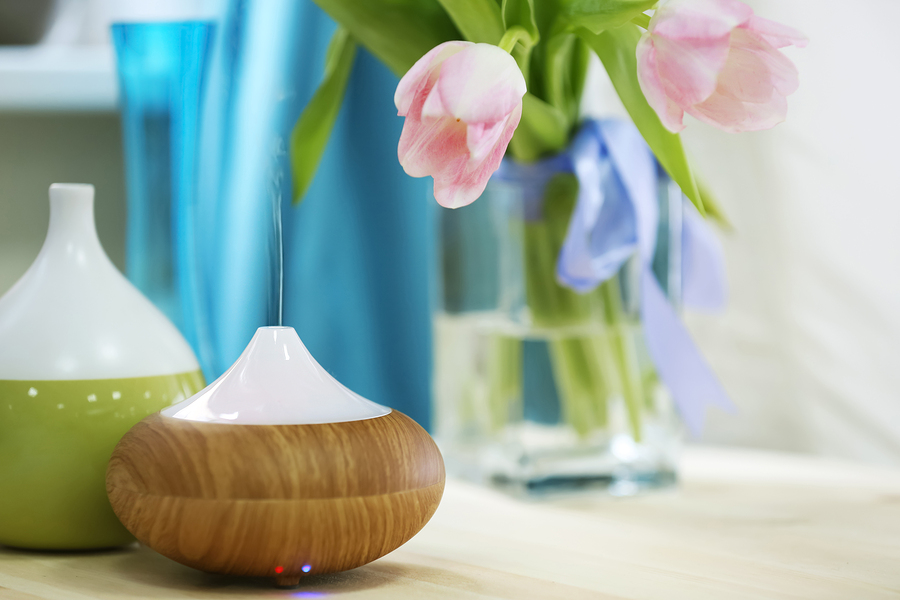Simple Steps for Creating the Perfect Relaxation Space

If you are looking for a peaceful retreat from the busyness of daily life, designing a relaxation space in your house is a great way to achieve this. It can help you de-stress after work, unplug from electronics and reconnect with yourself. Here are some essential guidelines to help you create an ideal relaxation space:
Choose an Isolated Space

Your design process should begin by choosing the right location. You can utilize an empty bedroom, an unused shed or even an attic for this purpose. If there are no spare rooms in your house, choose an outdoor spot in your garden.
Opt for Soothing Colors
When creating a meditation room, it is important to use soothing colors in your design. Harsh and bright hues can disrupt the ambience of the space by making it feel too stark and rigid. Where possible, choose warm or neutral colors such as tan, brown, muted green, light blue, or soft yellow. These imbue a sense of peace and tranquility. If your relaxation space is outdoors, be sure to include flowers and plants that add color and make you feel calm.
Add the Right Furniture
When choosing furniture, be sure to select pieces that are ideal for relaxation, such as reclining chairs, loveseats or a plush armchair. It is also important to lay out the furniture so that it creates a clear walkway. Additionally, you do not want to crowd the room. Only include furniture that is necessary, leaving the room as open as possible.
Create Pleasant Sounds and Aromas
A small plug-in fountain or a noise machine with sounds like beach waves will create sounds that are calming and will instantly help you feel more peaceful and relaxed. Another way to help you de-stress is by plugging in a diffuser and adding your favorite essential oils. Lemon and lavender are two of the top scents for relaxation.
Creating a relaxation space in your home doesn’t have to be difficult. If you enjoyed these tips, check out the following blog posts for more interior design advice and ideas:
